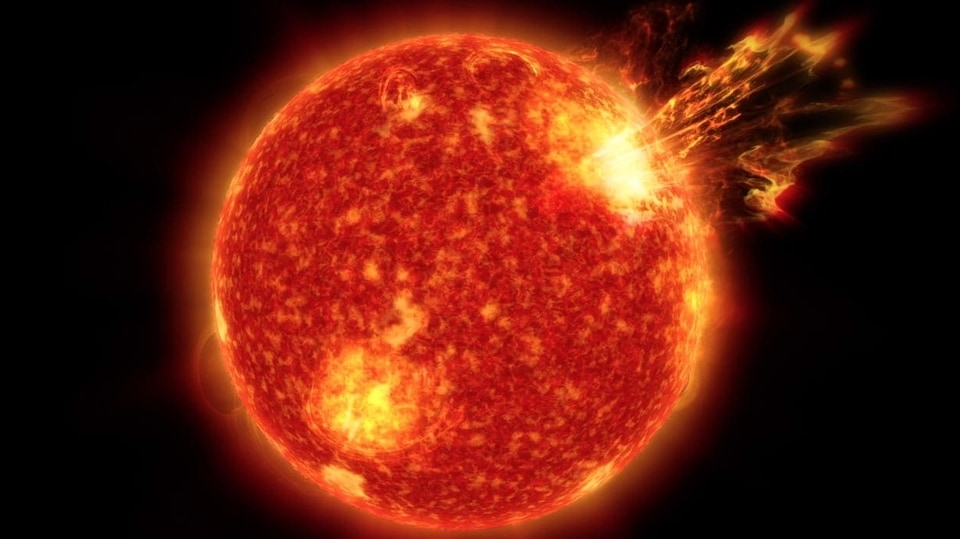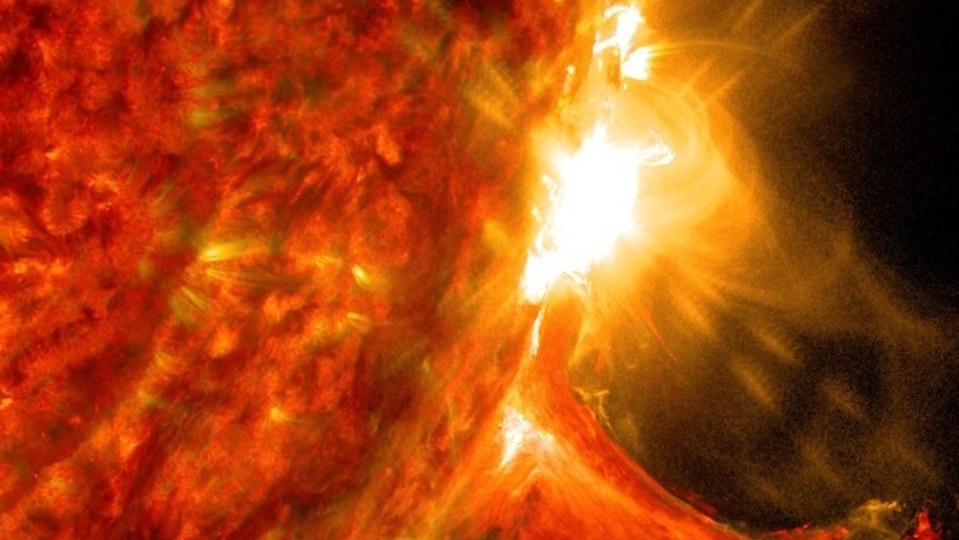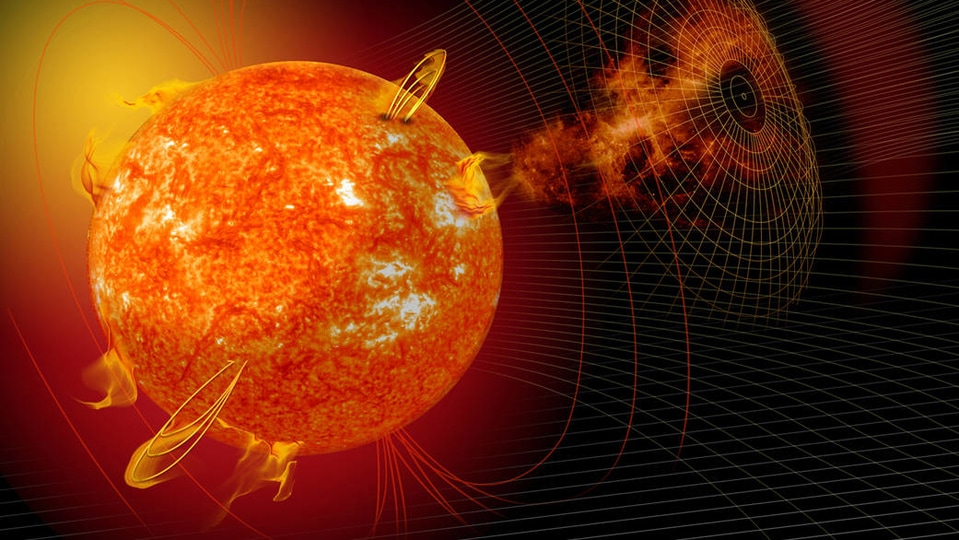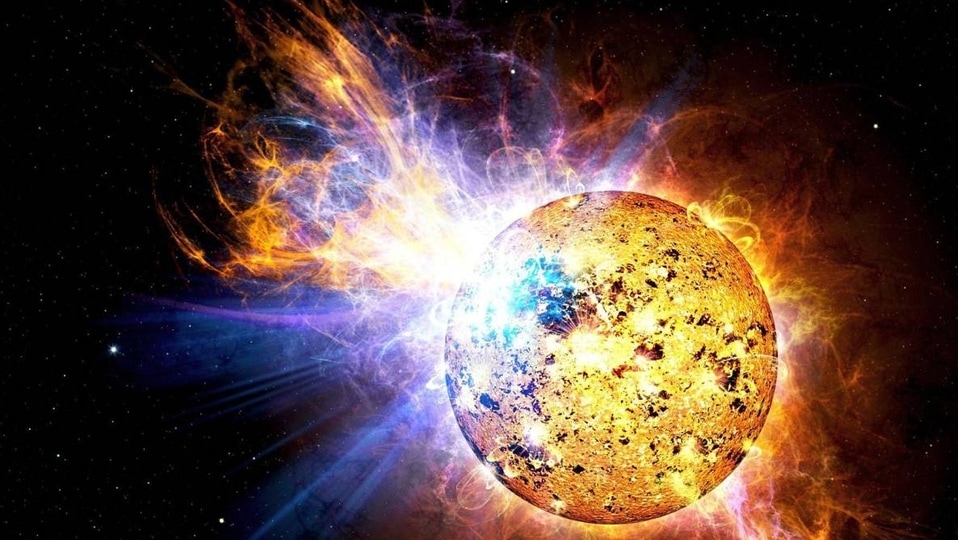This scary Solar storm to spark Geomagnetic storm today! Danger ahead
A Geomagnetic storm warning has been issued today as a solar storm races towards Earth. Potentially, it could cause major damage.




_1639373804152_1639373815879.jpg)

 View all Images
View all ImagesEarth has faced numerous solar flares these past few months and more are expected as the Sun moves ahead in its cycle. The Sun is in the middle of its 11-year solar cycle leading to an increase in solar activity and solar storms over the last few months. Strong Coronal Mass Ejections (CMEs) have been observed being emitted from the Sun in the past couple of days. Now, a geomagnetic storm warning has been issued for today as these frighteningly powerful CMEs will hit Earth's magnetosphere today.
According to spaceweather.com, “A high-speed stream of solar wind is gently buffeting Earth's magnetosphere today. As a result, there is a chance of minor G1-class geomagnetic storms. Arctic sky watchers should remain alert for auroras this weekend.” Geomagnetic storms are the result of solar storms hitting the planet.
Formation of Solar Storms
Solar storms occur due to a Coronal Mass Ejection (CME) that is set off on the surface of the Sun. This ejection sends solar flares hurtling towards Earth. As per the K-index, which measures the magnetic field around the Earth, solar storms are divided into 5 classes from G-1 to G-5. The G-1 is the lowest impact solar G5 is given to the most severe solar storms.
As the particles erupted during the solar storm reach Earth, they interact with Earth's magnetic field and spark Geomagnetic storms.
How solar flares affect our tech
Fortunately, thank to all the tech marvels NASA has deployed, scientists can tell when solar flares are heading for Earth. This means we can get enough time to secure our tech before a solar storm can reach us. The part that really affects tech seriously is referred to as an EMP. It contains a bunch of charged particles and when they hit something conductive, they impart that charge on that conductive object, creating current in a part of a circuit that overloads a powered line. This can destroy components and even melt wires when they become overloaded.
Could a Solar Storm end all life?
According to NASA scientists, Earth has two very distinct advantages – the magnetic field and atmosphere. The magnetic field interacts with the solar flares to stop them while Earth's atmosphere acts as an insulator and absorbs most of the solar particles. Alex Young, Associate Director for Science in the Heliophysics Science Division at NASA's Goddard Space Flight Center in Greenbelt, Maryland said in a video way back in 2012, “Even in the largest events that we've seen in the past 10,000 years, we see that the effect is not enough to damage the atmosphere such that we are no longer protected”.
Catch all the Latest Tech News, Mobile News, Laptop News, Gaming news, Wearables News , How To News, also keep up with us on Whatsapp channel,Twitter, Facebook, Google News, and Instagram. For our latest videos, subscribe to our YouTube channel.


























